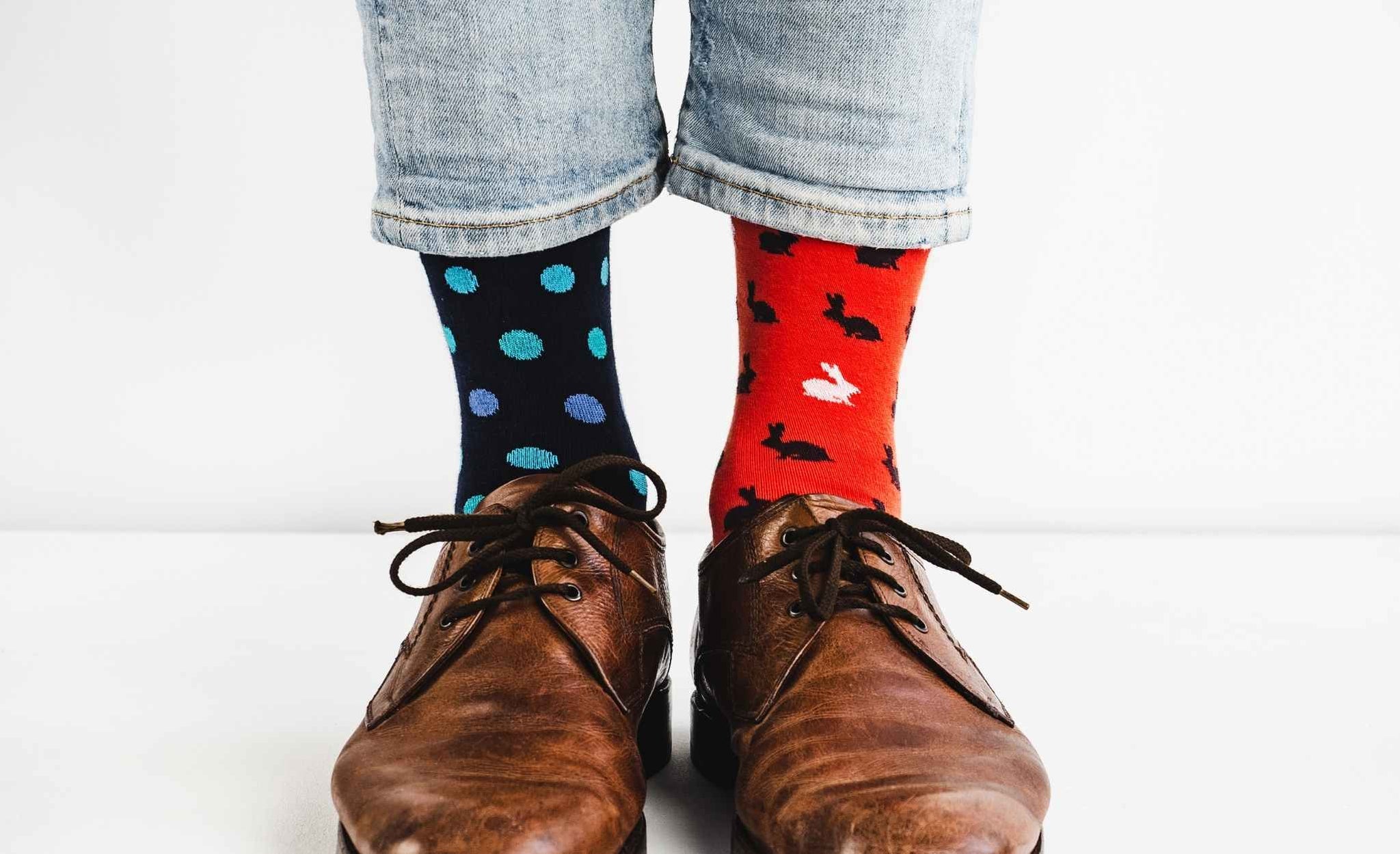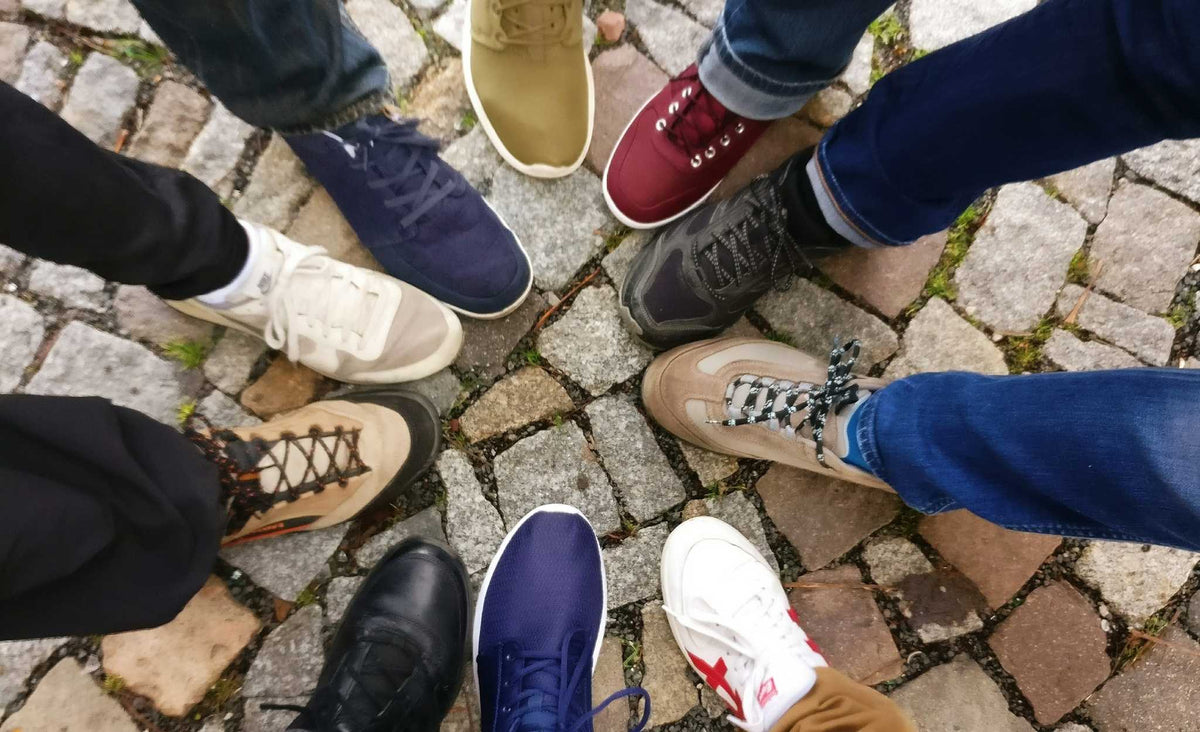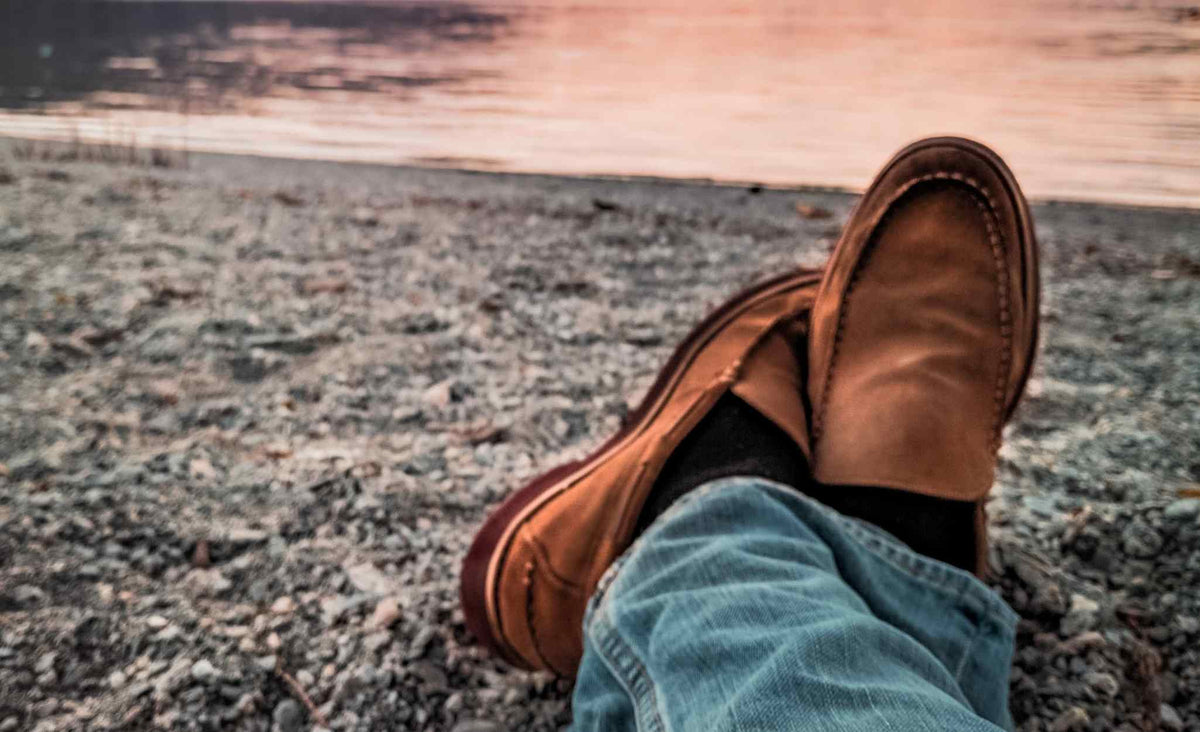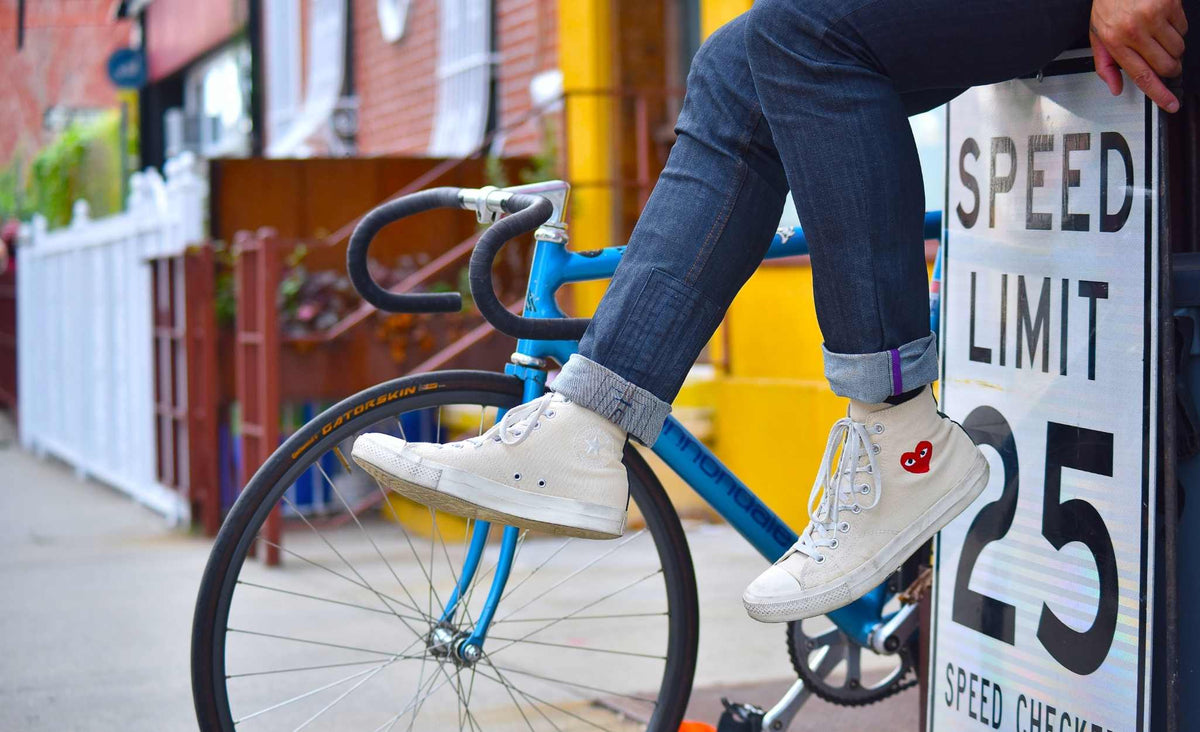Why are socks important? And Benefits of wearing socks?
October 20, 2020
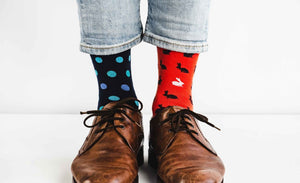
The first line of protection for your feet is a sock. Socks do much more than prevent your shoes from rubbing and blisters from forming on your feet. They provide an ideal environment by aiding in temperature and moisture control. Those suffering from neuropathy should always wear white socks to help detect open sores on their feet and ankles.
The first defense against blisters is the correct fitting of socks and shoes. Blisters are created from areas of friction and are the result of your skin layers being pulled apart. Adding a single layer of fabric, such as a sock, will significantly reduce the friction feeling in your skin. Standard cotton socks have been doing this for years. Nowadays, however, clothing developments put padding in socks to improve cushioning in high impact areas. Double layering of fabric within the sock will also help minimize friction areas. While both padded and double-layer socks are commonly reserved for sport-specific sports, they can also be worn every day.
The average foot loses approximately a cup of moisture per day. Despite the number of showers one may take per day, perspiration contains significant bacteria. Inside your shoes is a warm, moist environment, perfect for any bacteria to breed. Wearing socks made of natural fibers may be helpful in minimizing perspiration and breeding of bacteria, which may lead to infection. Your socks should be changed daily under normal circumstances, after sport, or twice daily if excessive sweating or infection occurs.
What could happen if you wear shoes without socks?
Not wearing socks can cause so many complications, some described below :
Smelly feet
This is always the most noticeable symptom when you don’t wear socks with your shoes. Because socks help absorb sweat from your feet when they’re enclosed in shoes. Without the socks, feet sweat has nowhere to go, and the first noticeable symptom is the smell.
Socks also protect the skin of your feet from rubbing on the soles of your shoes. When your feet continuously rub against the inside of your shoes, you can get blisters
Athlete's foot
Athlete’s foot is another type of fungus that can grow on your feet, and it’s contact contagious. This means that if you try on shoes at a store without socks as protection, you can get infected!
Ringworms
Despite being called worms, ringworms aren’t actual worms. They’re a type of fungus that grows on your skin. When you don’t wear socks, you’re at risk of getting ringworms growing on your feet. This could be very dangerous as the fungus can spread up your leg.
It will ruin your shoes
The shoes you buying aren’t cheap! They can be really expensive. When you don’t wear socks with your shoes, you bring whatever dirt that gets stuck to the bottom of your feet into your shoe. The shoes of the non-sock wearer will be black and dirty on the sole.
What type of treatment needed for these diseases
If you think you may have ringworm it’s a good idea to first see a doctor so they can rule out other skin conditions that may have similar symptoms.
Ringworm isn’t serious, but it can be persistent. With proper treatment, it usually goes away within about 2 weeks. The most common treatment option is an over-the-counter (OTC) fungal cream, spray, gel, or powder.
Athlete’s foot isn’t serious, but sometimes it’s hard to cure. If you have diabetes or a weakened immune system and suspect you have athlete’s foot, you should call your doctor right away.
Athlete’s foot can often be treated with over-the-counter (OTC) topical antifungal medications. If OTC medications don’t treat your infection, your doctor may prescribe topical or oral prescription-strength antifungal medications. Your doctor may also recommend home treatments to help clear up the infection.
Share:
Leave a comment
Comments will be approved before showing up.


